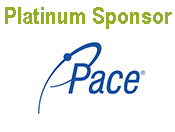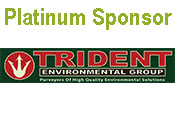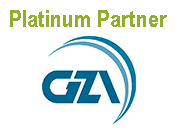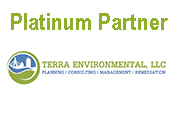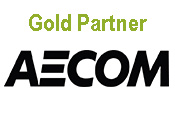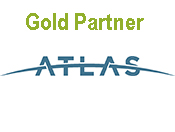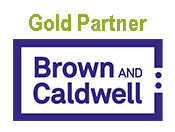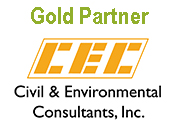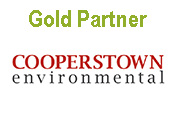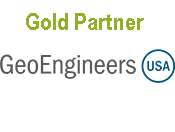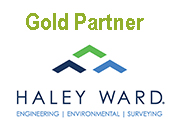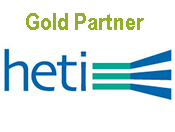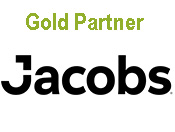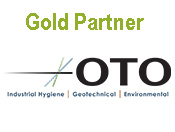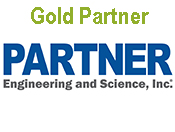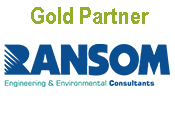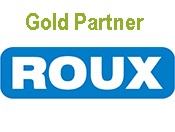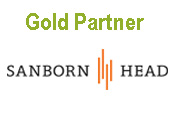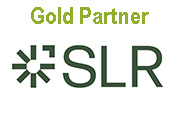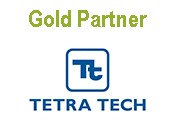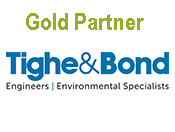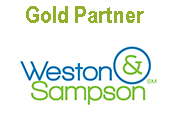In anticipation of March 1, 2024, when the MCP Amendments go into effect, the LSPA’s Regulations Committee has been working on summarizing key changes to the MCP regulations.
Provided below is a summary of the new regulations on the topic of Active Exposure Pathway Mitigation Measures (AEPMMS). This information was developed and is provided on behalf of the LSPA only; it does not represent MassDEP guidance or other input. MassDEP training is expected to take place in January 2024.
The new MCP includes sections with details regarding:
- An updated definition of AEPMM,
- Remedial Monitoring Report requirements,
- Types of AEPMMs that are allowed,
- Operating regimens for AEPMMs,
- Telemetry requirements for active positive or negative pressure vapor intrusion mitigation measures,
- AUL obligations and conditions for operating and maintaining Point of Entry Treatment Systems (POETS), and
- Operating and/or maintaining active and passive vapor mitigation measures.
These sections provide clarity regarding the need for AULs prior to reaching a Permanent Solution (and in some cases, other endpoints) for ANY type of AEPMM that is necessary to achieve No Significant Risk (NSR). Another key regulatory change is that now telemetry must sense and relay continuous pressure monitoring for active vapor mitigation systems; associated notification and response requirements are also detailed.
The new MCP provides an updated definition of AEPMM (310 CMR 40.0006)
A type of Exposure Pathway Mitigation Measure that relies upon the continual use of mechanical or electro-mechanical device that is designed and operated for the sole purpose of:
- a) Preventing or mitigating the migration of subsurface OHM vapors into a building by creating and maintaining a negative pressure field beneath and/or surrounding a building or by creating and maintaining a positive pressure field within the living and working space of the building; or
- b) Treating OHM present in a private water system associated with a private water supply well.
The attached slides present an overview of the new AEPMM requirements.
Also provided here are four practice tips, from the LSPA Regulations Committee to ponder as you practice.
More MCP topics to come.
